5 Starbucks Business Strategies that Make it so Successful
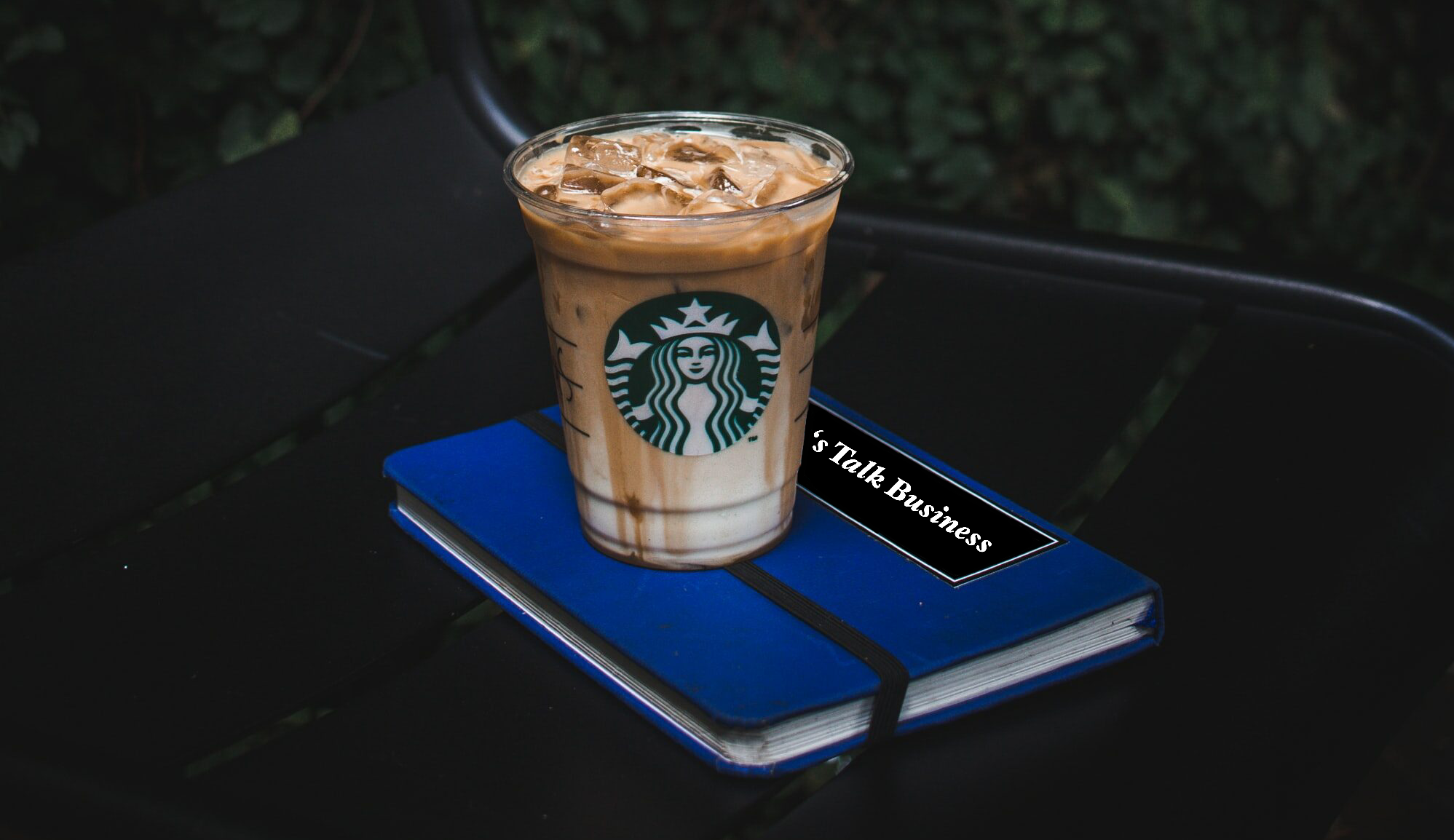
Starbucks dominates in the coffee industry, but what of Starbucks’ business strategies made it so successful? From Seattle to worldwide, Starbucks has become a coffee monopoly taking up around 57% of the total cafe market. Let’s find out some strategies that have helped them.
Background
Founded: March 30, 1971
Founders: Jerry Baldwin, Gordon Bowker, and Zev Siegl
Headquarters: Seattle, Washington
Public: June 26, 1992
Starbucks began as a coffee shop in none other than a city known for its coffee: Seattle, Washington.
The company’s initial focus was on high-quality coffee beans. Unlike nowadays, in the 70s people weren’t really buying coffee outside of drinking it at home.
When the previous CEO, Howard D. Schultz, went on a trip to Italy he discovered the idea of implementing espresso, experience, and selling physical drinks. Then the coffee beans stores turned into actual cafes – the first latte being sold in 1984.
Check out more from the Business Strategies Series
1. The Drink Selling
Product Innovation
I’m sure we’ve all heard of Starbucks’ infamous frappuccinos – the sugary icy blended drinks. Well, those were only one of Starbucks’ many inventive decisions.
Frappuccinos have had many pros, but the craze has died down.
Appealing to a Wide Audience
Frappuccinos are appealing to a younger audience such as pre-teens and teens, some of which don’t indulge in much actual coffee yet. Starbucks has many drinks to keep children interested including refreshers and more sugary drinks. This way Starbucks hooks all generations from sugar drinkers to coffee-drinking adults.
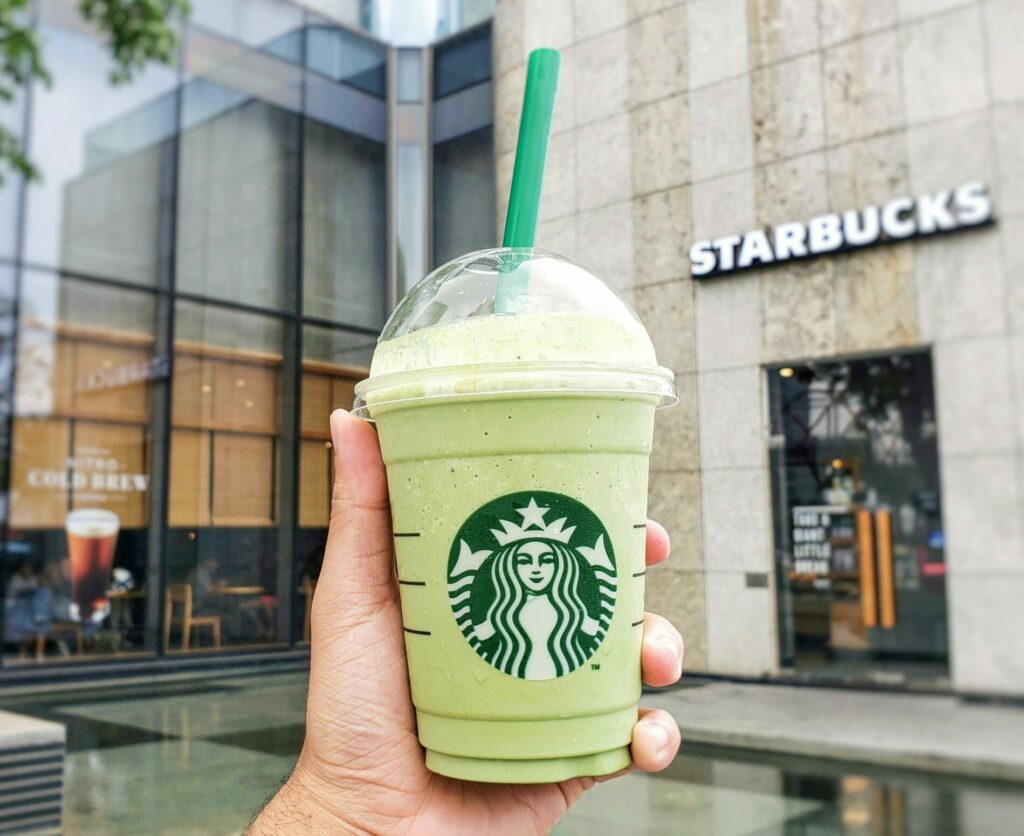
Keeping up with Trends
The problem is frappuccinos have become less and less desired as people tend to look towards healthier and lighter options. Starbucks strategically to drinks such as cold brews and refreshers to keep up with this trend.
While they do make fewer frappuccinos, they’ve still stayed on the cold drink bandwagon creating innovation in them.
I’d say it’s almost difficult to miss a customer desire given Starbucks makes around 170,000 different drink varieties. Don’t think every business needs such a large selection though, i.e. Trader Joe’s second strategy listed.
It’s so important for businesses to stay up to date with trends, especially in the constantly changing food industry.
As plant-based preferences grew, Starbucks not only offered oat, soy, almond, etc, milk alternatives but started implementing the alternatives into their featured innovative drink creations such as the Iced Chocolate Almondmilk Shaken Espresso.
IKEA & COSTCO
2. Unique Features
Aside from the new drinks and food on the menu, Starbucks has other unique features that either appeal to its customers or benefit them.
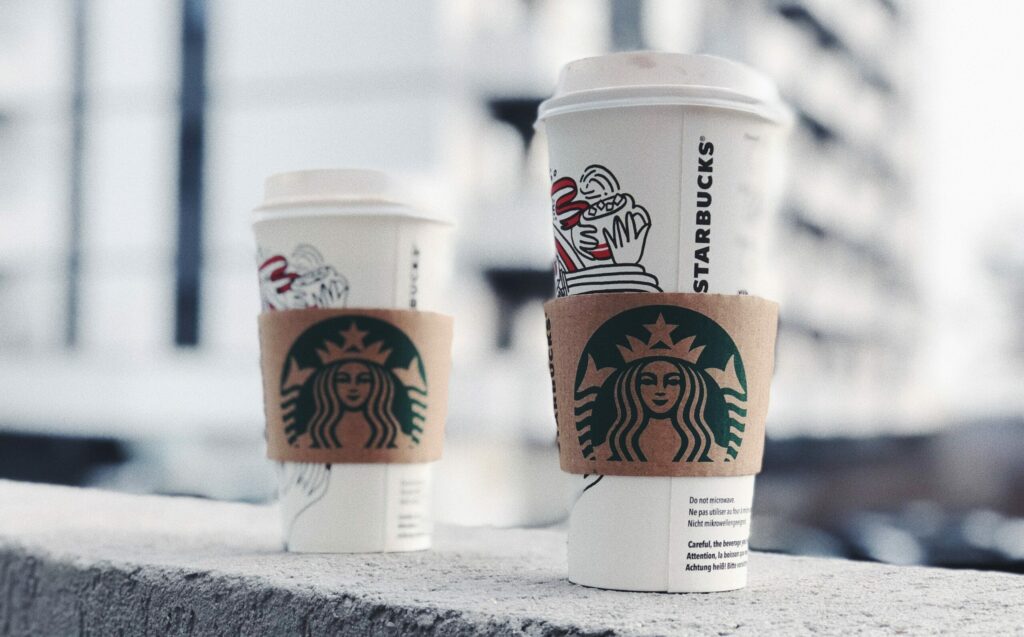
Either you or your friend has probably had a conversation regarding Starbucks’ peculiar size options: tall, grande, venti, and trenti.
I mean how many times have you mentioned or thought about Starbucks just because of this feature? This is a quite random way Starbucks keeps on people’s radar as people continue to talk about this.
This menu addition didn’t actually originate to confuse customers. It was a way to save space when a larger size than grande came.
Customizations & Experience
I don’t think I’d feel more comfortable with requesting many customizations for my coffee than at Starbucks. People put loads of substitutions, additives, etc. There are even whole Instagram accounts dedicated to customized Starbucks coffee ideas. Providing this comfort brings a different feel of community to Starbucks.
After the 2007 financial crash, Howard Schultz focused on making the stores feel more like an experience rather than just a quick run for coffee. Therein lies a great tactic of always making the customers feel good.
3. Expanding & Franchising
Many stores you know are franchises including McDonald’s, Dunkin’ Donuts, and clearly, Starbucks. Franchising is a big part of Starbucks’ expansion strategy.
In this case, Starbucks is the franchisor and a group or individual who becomes a franchisee is allowed to open and manage a Starbucks through this partnership.
To give a snapshot understanding, between 2000 and 2007, Starbucks opened on average 1500 stores a year worldwide. The company has gone international since its first international stores opened in 1996 in Japan and Singapore.
Oversaturation
I don’t know about you, but where I live, it feels like there’s a Starbucks on every corner. Well, this abundance of Starbucks Coffee stores has its pros and cons – honestly probably mostly cons.
Pro: Whether it’s when I’m on vacation and know nothing about the area I’m in, or simply out of convenience, I can usually rely on the fact that there’ll be a Starbucks nearby. This comfort and accessibility oftentimes brings up Starbucks as a first-thought coffee shop – even more than one might like it to. This is one way Starbucks has monopolized the coffee industry.
Con: There’s a huge con to having so many Starbucks known as profit cannibalization. Starbucks is simply oversaturated, especially in urban places. Simply put, too many stores = less revenue at each individual store = need for higher prices.
In addition to that, there’s no need to be loyal to a particular Starbucks, which is a loss in community and business.
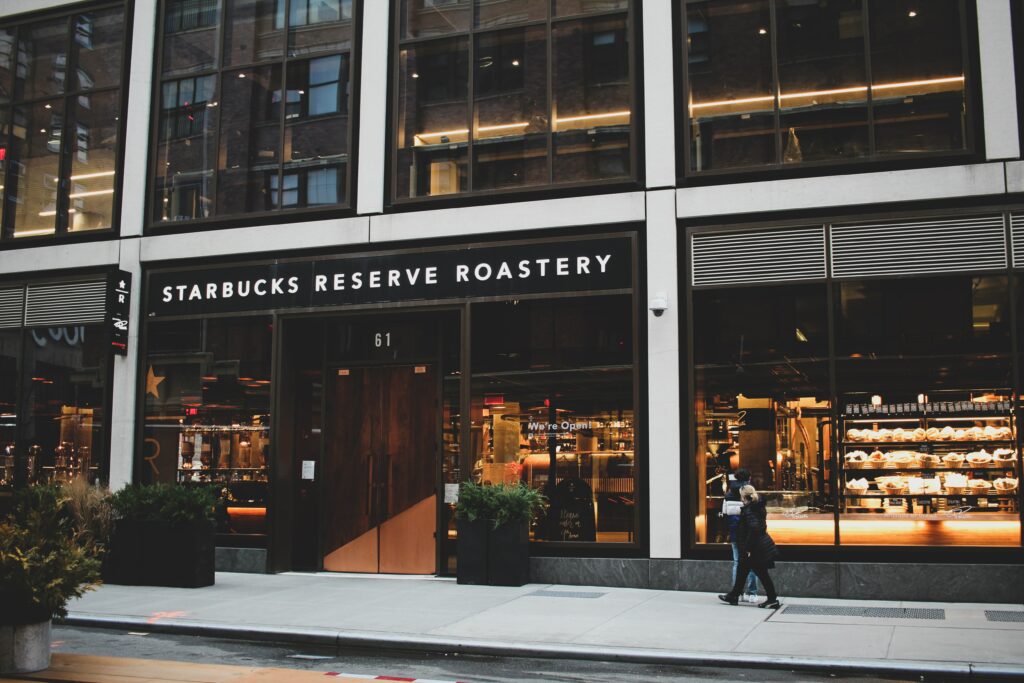
Luckily Starbucks has more strategies up its sleeve.
Recently Starbucks has focused on opening its Reserve Roasteries, which are new upscale stores. They can be around 20,000 ft squared and appeal as tourist destinations. These stores make a lot of money and attract people through experience, nuance, and specialty.
The company has also opened up dedicated pickup-only stores. Here you are essentially required to use the Starbucks app and become a rewards member, which the company loves.
4. Partnerships
Starbucks has more partnerships than franchisees though. You have probably seen Starbucks at Target, Vons, Safeway, Ralphs, and/or Albertsons.
Starbucks is licensing its brand to these businesses, which means the companies are allowed to sell Starbucks in their stores. The staff and baristas you see at the Target Starbucks, for example, are all inputted by Target.
This allows for things such as more impulse buys, more experience, exposure, and sales. A lot of people walk around Target with Starbucks in hand – which might not have happened as frequently if they weren’t in store.
5. Tech Innovation
Since 2009 Starbucks has had its mobile app. This app has many benefits to the company, the main one residing in the virtual gift card.
In the beginning, the virtual gift card was actually the only method of payment available using a phone.
Around $2.4 billion is uploaded on the virtual cards to be used later. That’s a lot of money that Starbucks doesn’t even have to truly do anything for – yet at least.
Along with that money, the company gets what all technology-related businesses love – data. Your account gives them personal information along with keeping track of your transactions and more.
Of course, virtual gift cards, aren’t the only form of gift cards.
We’ve all seen the standard ones sitting by the cashier, and they do not go to waste (for Starbucks at least). Between October 2020 and December 2020, around $3 billion was loaded onto gift cards. Around 44% of transactions at Starbucks are indeed done with a form of Starbucks card.
But the best part for the Starbucks business regarding gift cards is many may never even cash them in.
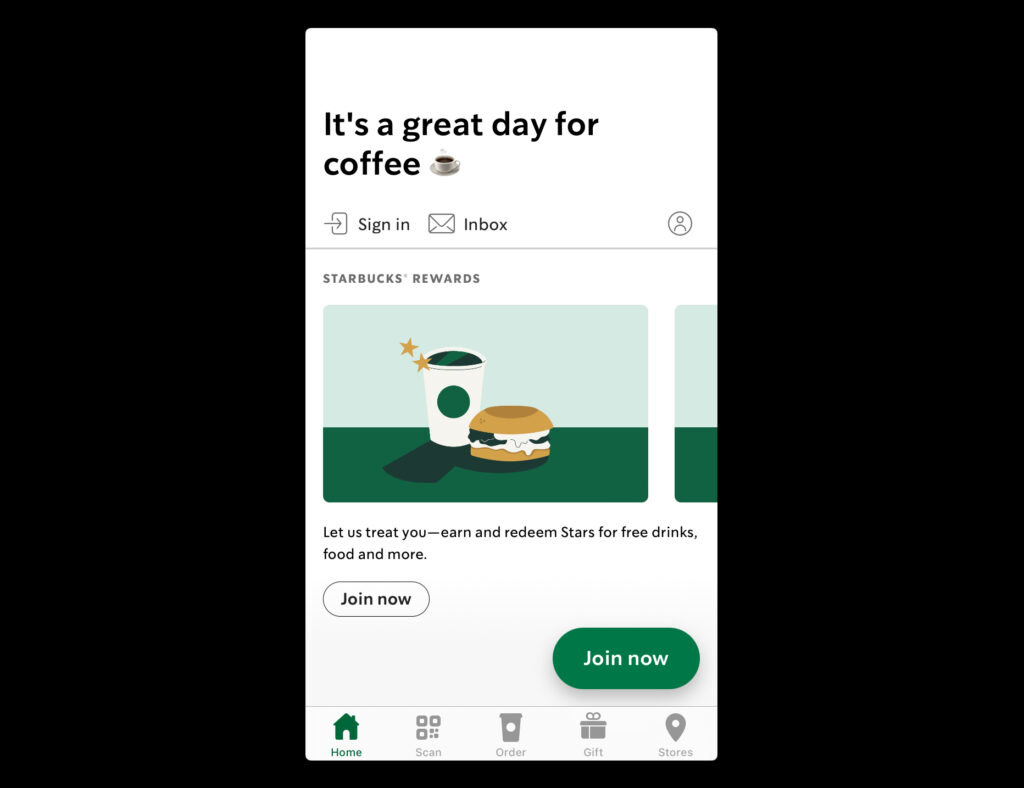


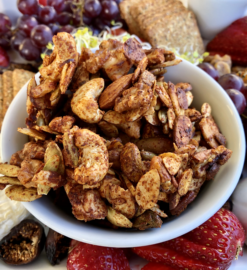

Leave a Reply